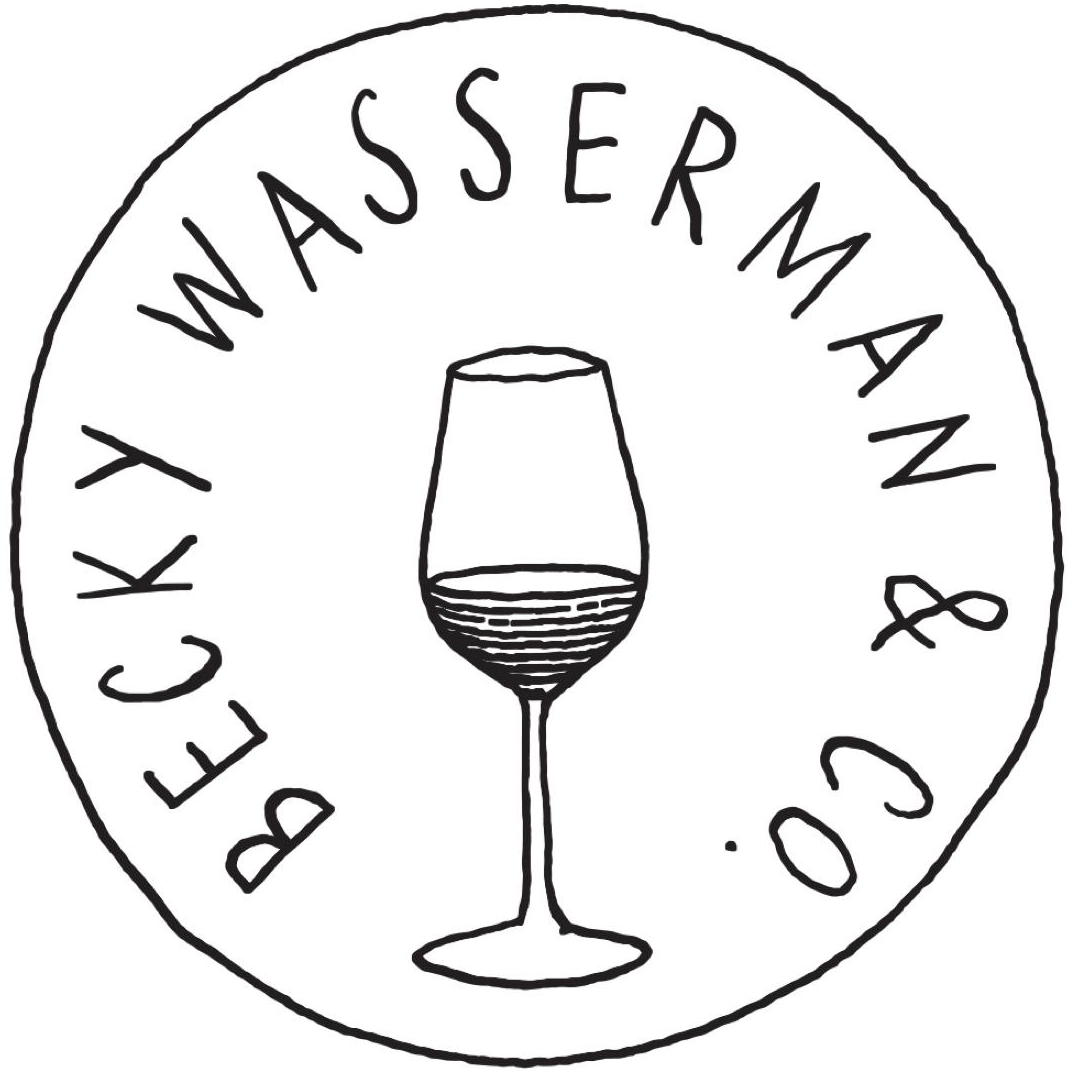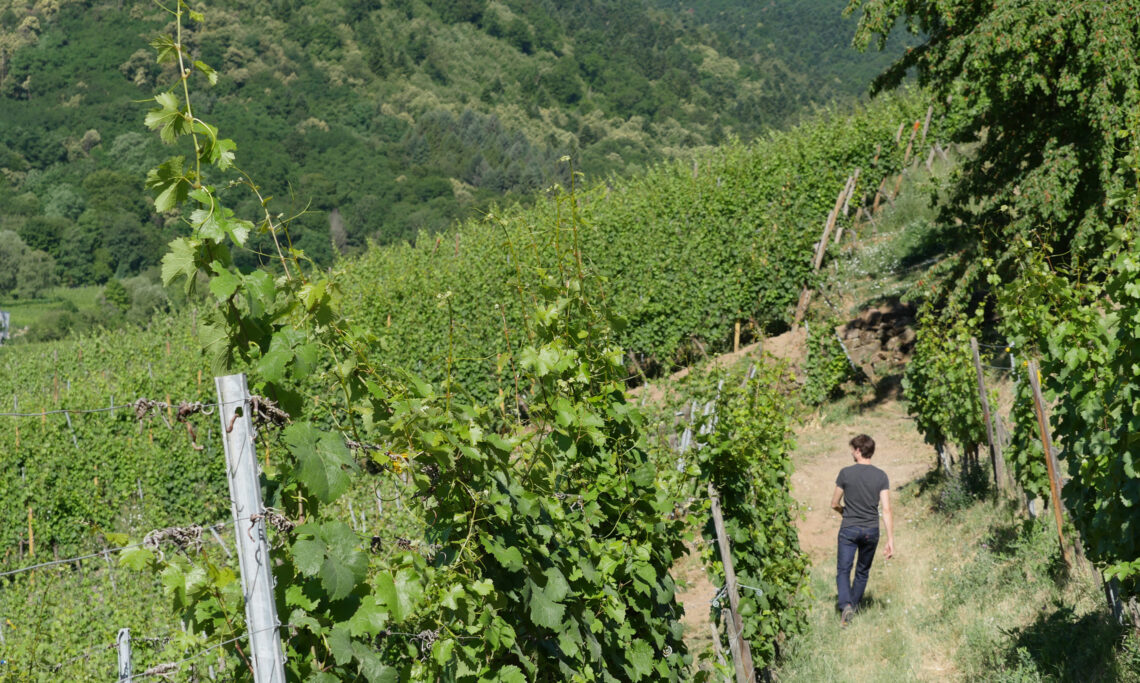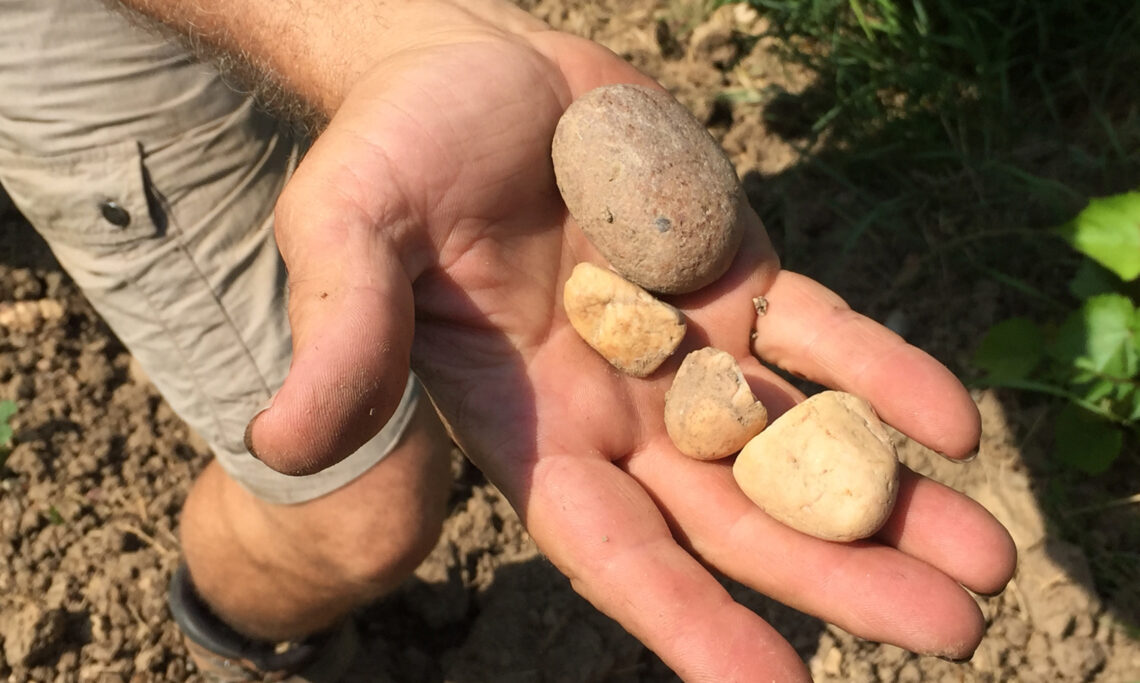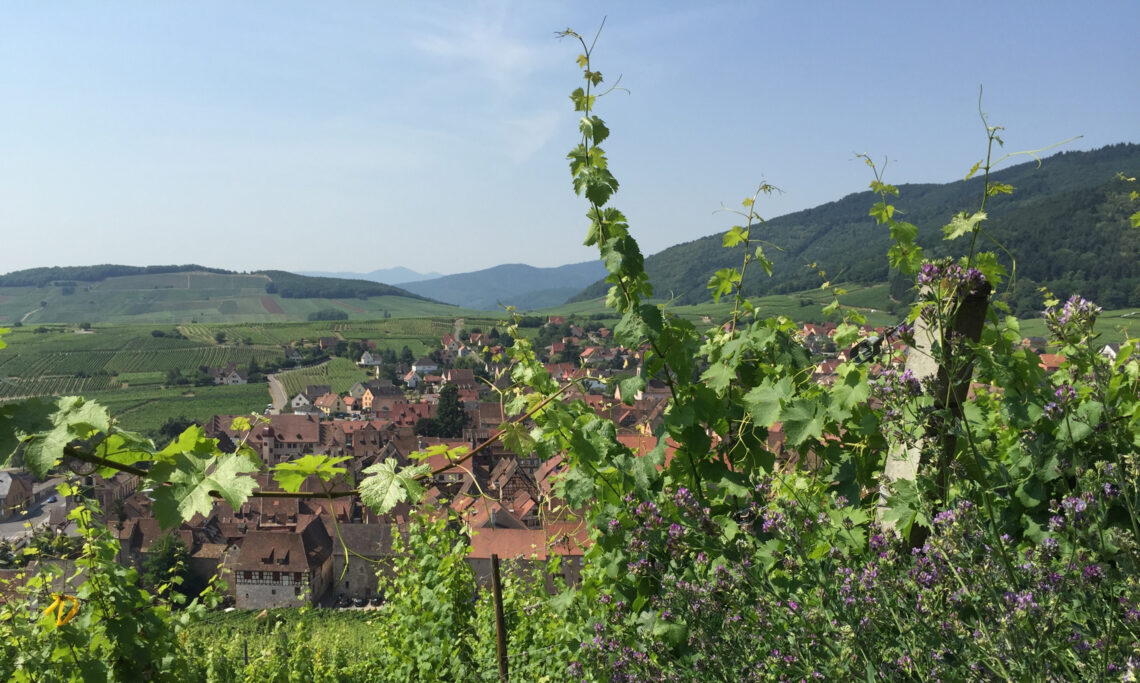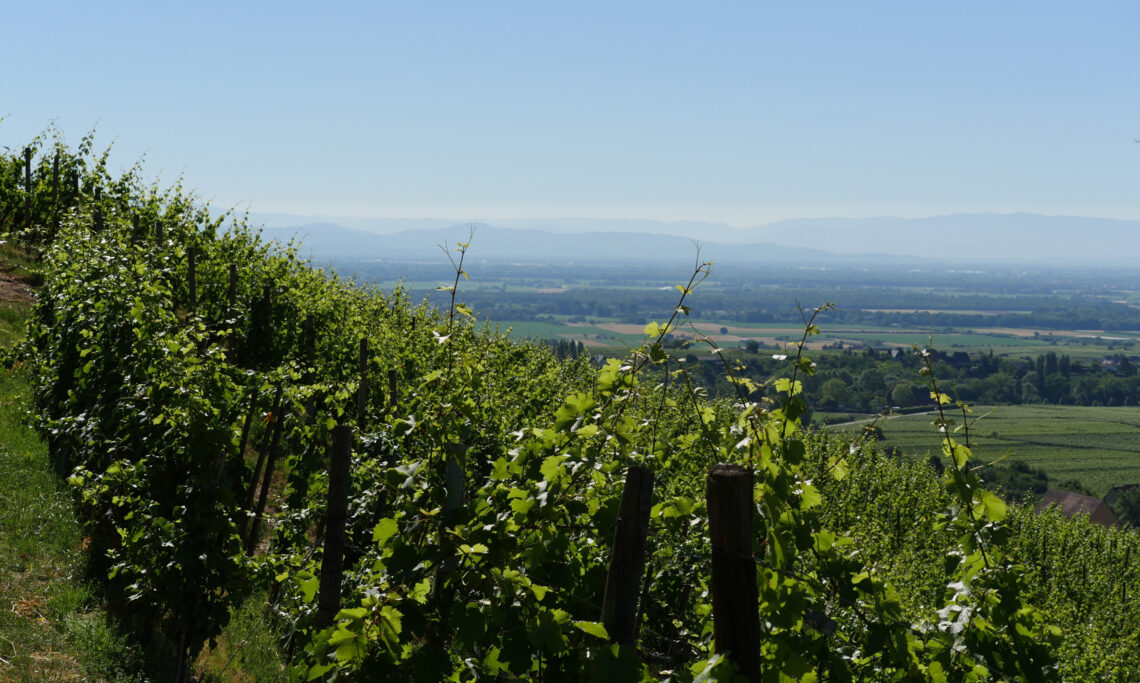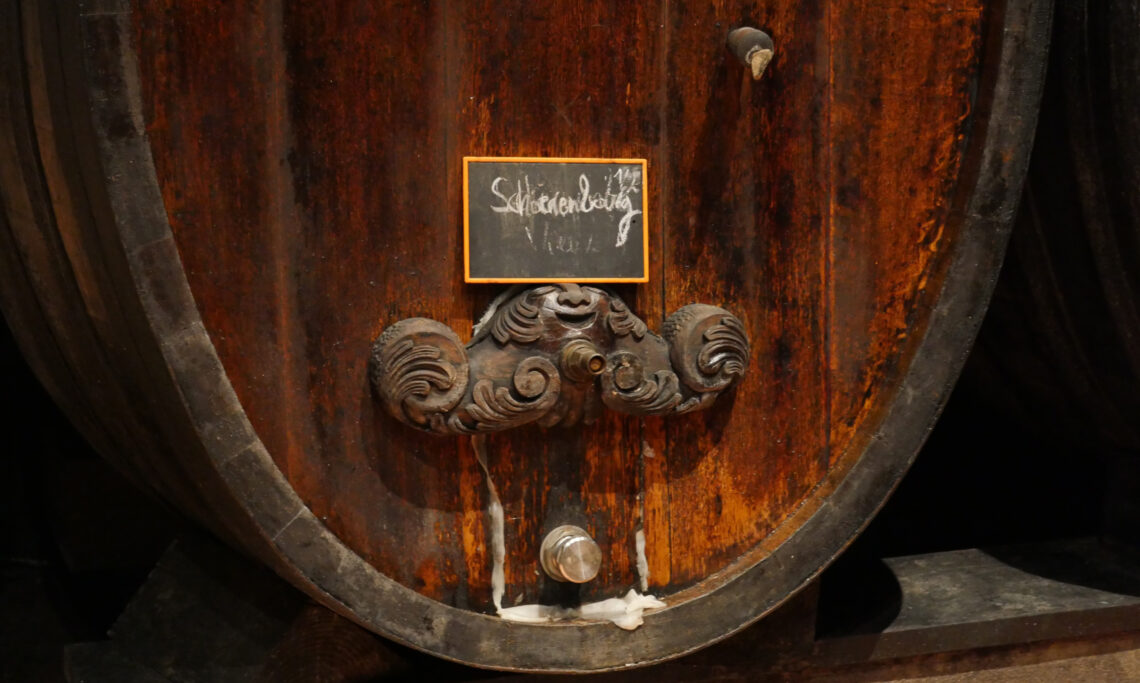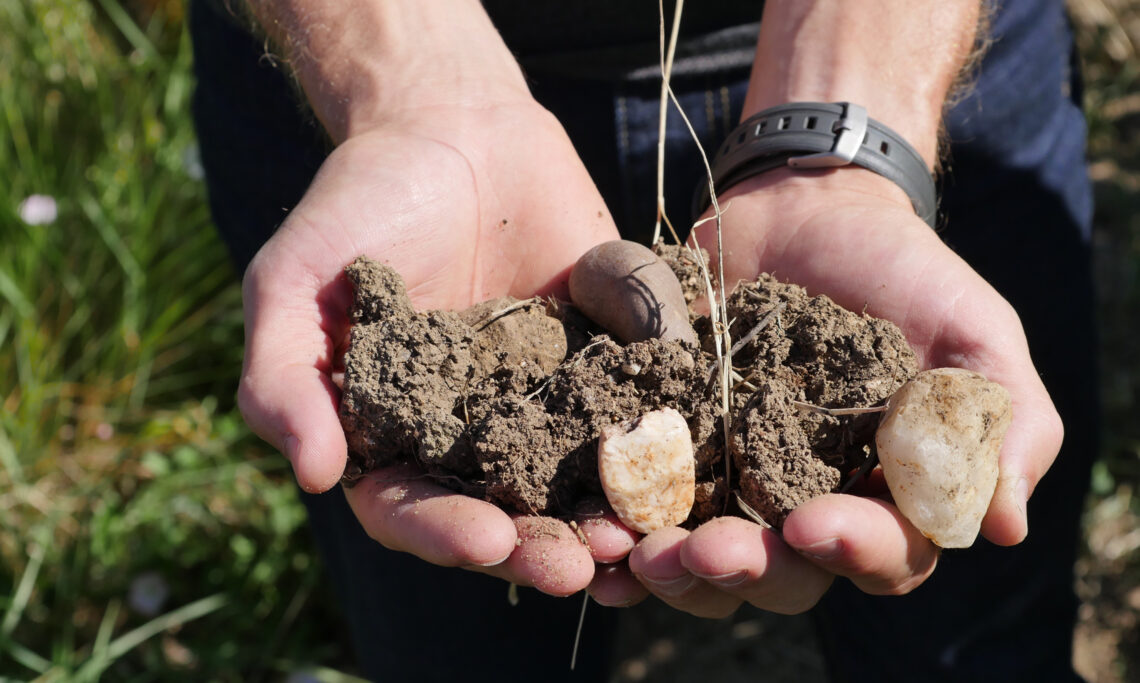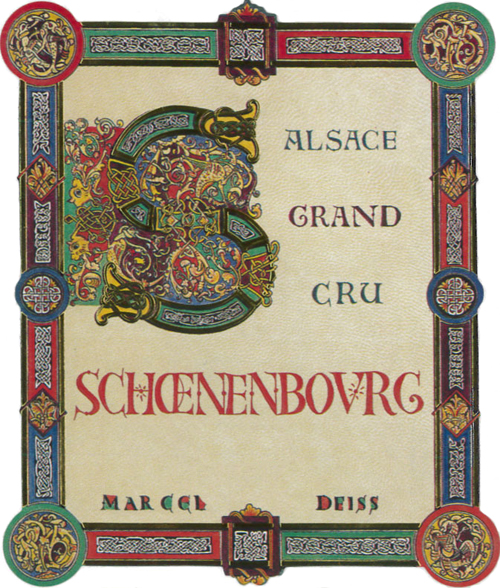Schoenenbourg Grand Cru
At a Glance
- Varieties: Pinot Blanc, Pinot Gris, Pinot Noir, Sylvaner, Muscat d'Alsace (white and red), Muscat à Petit Grain, Riesling, Gewurtztraminer, Traminer, Chasselas, Chasselas Rose.
- Vine Age: Planted 1952-1982
- Terroir: Steep slope, facing south, at valley entrance, bedrock of fertile, water-retentive, iridescent Keuper marl covered by light layers of Vosgian sandstone soil.
- Viticulture: Organic (Ecocert), biodynamic (Demeter). 8,000-10,000 vines/ha.
- Vinification: Pressed with whole clusters, ambient yeast fermentation, aged 12 months on the lees in foudres.
Additional Info
Schoenenbourg is the gem of all the Riquewihr vineyards. This site has been the birthplace of the greatest wines in the region and is the reason for Riquewihr’s almost universal renown. The combination of a light, airy topsoil and a fertile clay subsoil, with good water retention, explains why terroir dominates varietal in Schoenenbourg.
Historically, the most valued wines were those that kept the longest. Schoenenbourg lies on a substrate of gypsum —basically, sulfur— and it keeps forever. The vineyard was revered already in the middle ages and in the 17th century, the famous Swiss cartographer Merian wrote that Schoenenbourg was “where the most noble wine of this country is produced.” Voltaire is said to have owned vineyards in Schoenenbourg. Not exactly. He owned a mortgage on all the vineyards in Riquewhir that belonged to the Duke of Wurttemberg to whom he made considerable loans. Another testimony to the renown and price of Schoenenbourg: Voltaire, who was wealthy, mentions in his letters that this mortgage was a substantial source of income for him.
Schoenenbourg is very steep; it is hard to keep your balance when you step off the road into it. It faces south, like almost every grand cru in Alsace. But it is set deep inside the valley of Riquewihr, making it more of a cool site than a warm one. In fact, Jean-Michel says that it is one of the coldest and latest-ripening grand crus in Alsace. The coolness of the valley, the gypsum and the cold Keuper marl, are certainly what make Schoenenbourg so brilliantly contained.
Schoenenbourg does another fascinating trick. Among the Deiss wines, Altenberg is the wine we sometimes use to pair with deserts (just the fruit based ones such as pear or apple tarts as it’s not sweet enough for others.) And though Schoenenbourg is higher in residual sugar than Altenberg, routinely around 70 g/l, it doesn’t come across as sweet enough for deserts. This is what the Deiss’ website suggest: Shellfish and food rich in iodine (lobster, spiny lobster). Fattened chickens, capons and noble fishes, and caviar after a decade of aging.
The wines display an undeniable aptitude for aging, richness, extraordinary body, and a very unique expression: peppered or even smoky nose, a backbone beneath the fullness, a mineral expression that may remain hidden in youth but gives fossilized notes with time. Thanks to the potential for noble rot in this area, residual sugars are usually quite high. Schoenenberg is one of the greatest wines made in the Alsatian terroirs.
Wines
-
White
- Alsace Complantation
- Zellenberg
- Berckem
- Ribeauvillé
- Riquewihr
- Engelgarten Cru
- Langenberg Cru
- Grasberg Cru
- Schoffweg Cru
- Huebuhl Cru
- Burg Cru
- Gruenspiel Cru
- Rotenberg Cru
- La Colline Rouge
- Le Jeu Des Verts
- L’Arche
- Altenberg de Bergheim Grand Cru
- Mambourg Grand Cru
- Schlossberg Grand Cru
- Schoenenbourg Grand Cru
-
Red
